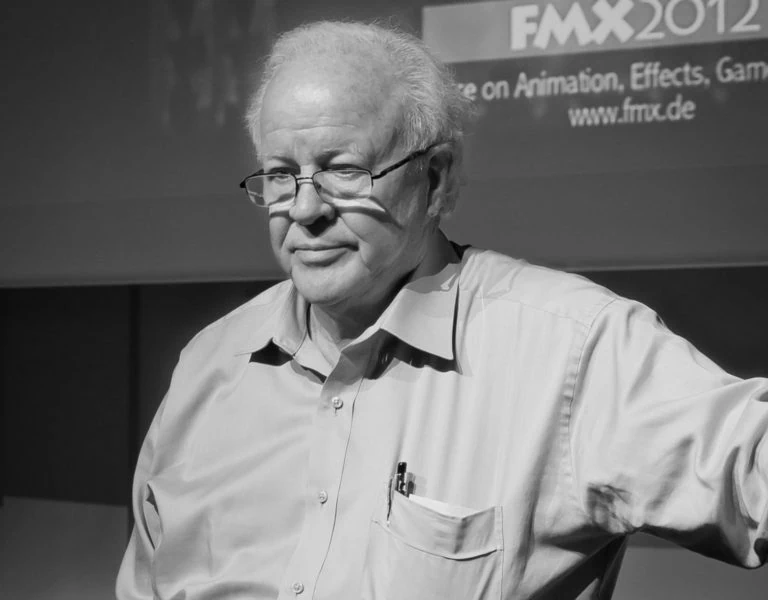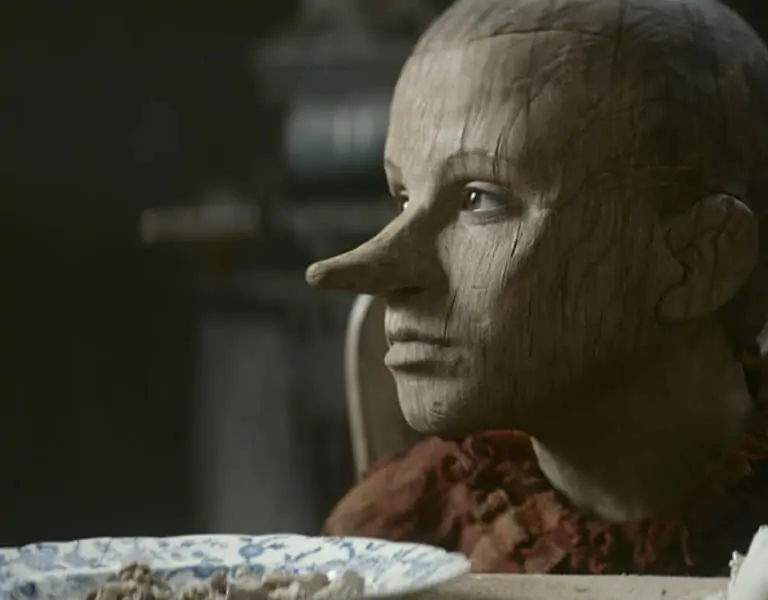
Directed by BAFTA winner Will Sharpe (Flowers), The Electrical Life of Louis Wain, documents the life of the eccentric Victorian artist, whose playful, sometimes even psychedelic pictures helped to transform the public’s perception of cats forever.
Played by Academy Award Nominee and BAFTA-winning Benedict Cumberbatch (Doctor Strange, Patrick Melrose, The Imitation Game), Louis Wain’s fascination with the mysteries of the world is both complicated and deepened when he meets the love of his life Emily, played by Emmy Winner and BAFTA Nominee Claire Foy (The Crown, First Man).
The real beauty of this film lies in the combination of traditional VFX (matte painting on canvas and analogue video techniques) with digital VFX as an innovative way of portraying Wain’s unstable mental health, and the cinematic representation of his unique style of painting. One of Us, led by VFX Supervisor Rupert Davies, had a crucial role in this process, adding digital visual effects as a way to blend art into reality and create unique surreal aesthetics.

Landscapes & matte paintings
Key landscape scenes in the film are a collaboration between the OOU team and old-school matte painter Leigh Took, who meticulously hand painted the backgrounds on large canvas.
For instance, the Wains’ cottage sequence is a great example of how the three elements of reality (the cottage and the hedge), new and old VFX are blended together. Like something stolen from a fairy tale, this sequence cycles through all four seasons in a matter of seconds. In addition to animated grading, One of Us added set dressing and a blanket of snow covering foreground grass. By adding birds and drifting clouds to the sky, and the smoke coming out of the cottage’s chimney, One of Us brought life and movement into this wintry idyll.
The cityscapes are further examples of the careful combination of Took’s matte painting in the background, while the foreground is in-camera. The task for One of Us was to create a sympathetic juncture between these two worlds. Again the intervention was subtle, adding depth, and grading.
“All these panoramic sequences couldn’t have been done by digital VFX alone,” explains VFX supervisor Davies. “That would have been missing the point. The background is stylised and looks like it has been painted. This is exactly what the director intended.”

Analogue visions
As the film progresses, Wain’s mental health starts to deteriorate, and extreme visions become more frequent. For instance, the lightning sequence is stylised to communicate Wain’s faltering mental health and his increasing obsession with electricity.
“It was a request from the director to have some slightly heightened reality images and you are not quite sure how much of this is in Louis’ head and how much of this is happening for real,” explains Davies. “You kind of get that he is running in a storm because he is wet, but what’s happening with the lightning is exaggerated and fantastical.”
In fact, One of Us worked together with analogue video artist, Steve Pavlovsky to create a unique blustering sky. “You can see these clouds have a kind of kaleidoscopic pulsing, it’s another thing we added to make it more surreal,” adds Davies. “We could have done that with digital CG but you get a different, more organic and psychological feel from the analogue aesthetic, and the director was very much into that. If you could go old-school and make it in a garage, that’s what he wanted to do.”
Close collaboration between director, cinematographer, traditional and digital VFX artists all contributed to crafting a painterly and surreal aesthetic for the film which integrates with Wain’s vision of the world.













